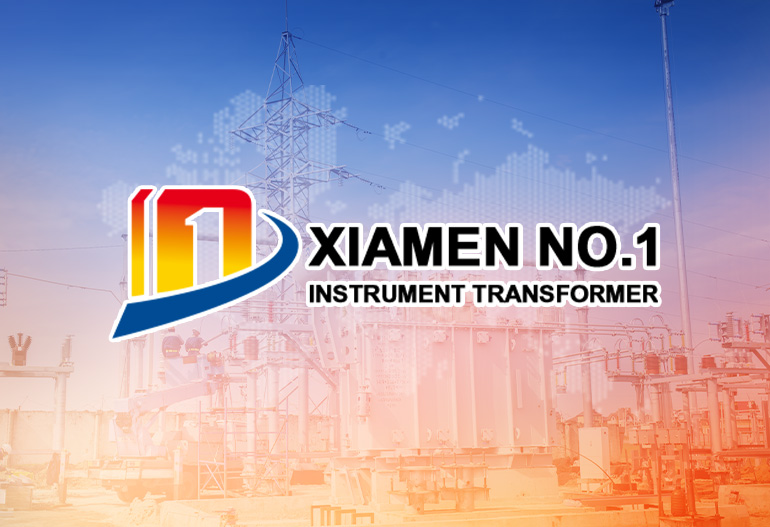IEC 60044-1 Compliance in Split Core Current Transformers Manufacturing
Provide accurate current measurements under specified operating conditions.
Withstand electrical stresses, including short circuits and overvoltages.
Operate safely without posing fire or electric shock risks.
Maintain performance consistency across manufacturing batches and over their service life.
0.1 and 0.2: For revenue-grade metering, where errors must not exceed ±0.1% or ±0.2% at rated current.
0.5 and 1.0: For general monitoring, allowing errors up to ±0.5% or ±1.0%.
5P and 10P: For protection applications, where accuracy is defined at 10 to 20 times rated current (to detect faults).
Precision Machining: Tight tolerances on core mating surfaces to minimize air gap size (typically <0.1mm).
High-Performance Core Materials: Using grain-oriented electrical steel or amorphous alloys with high permeability to reduce reluctance.
Calibration: Post-assembly calibration to compensate for residual errors, often using automated systems that adjust winding turns or add correction circuits.
The split design limits heat conduction between core halves.
Compact enclosures (required for retrofitting) restrict airflow.
Low-Loss Design: Using high-conductivity copper for windings to reduce resistive losses.
Thermal Simulation: Finite element analysis (FEA) to model heat distribution and optimize enclosure ventilation.
Material Selection: Choosing flame-retardant, high-temperature plastics (e.g., PBT or polyamide) for enclosures, rated to withstand temperatures 20-30°C above the standard’s limits.
Power Frequency Withstand Voltage (PFWV) Test: Applying 2kV (for low-voltage CTs) between windings and ground for 60 seconds without breakdown.
Impulse Voltage Test: Subjecting insulation to a 10kV impulse (1.2/50μs wave) to simulate lightning or switching surges.
Partial Discharge Test: Ensuring no significant partial discharges (≤10pC) under 1.73 times rated voltage, indicating insulation integrity.
Encapsulation: Potting windings in epoxy resin or silicone to seal out moisture and prevent corona discharge.
Double Insulation: Using two independent insulation layers (e.g., enameled wire plus a plastic barrier) to meet safety factors.
Material Certification: Sourcing insulation materials with proven compliance (e.g., UL 94 V0 for flame resistance).
No visible damage to windings or core.
Insulation resistance >100MΩ post-test.
No degradation in accuracy.
Reinforce Core Mechanisms: Using robust hinges (e.g., stainless steel) and locking clips to prevent separation under magnetic forces.
Overdesign Windings: Increasing conductor cross-sections and using high-temperature insulation to withstand short-circuit heating.
Magnetic Shielding: Adding copper or aluminum shields to reduce eddy current losses during faults.
Vibration Test: Subjecting CTs to 10-500Hz vibrations (10g acceleration) for 3 hours per axis to simulate transportation or industrial environments.
IP Rating Test: Ensuring enclosures meet IP65 (dust-tight, water-resistant) or higher to resist rain, dust, and humidity.
UV Exposure Test: For outdoor CTs, 1,000 hours of UV radiation testing to prevent enclosure degradation.
Rugged Enclosures: Using impact-resistant plastics (e.g., polycarbonate) with UV stabilizers.
Sealed Hinges: Gasketing hinge points to maintain IP ratings while allowing core opening.
Corrosion-Resistant Components: Using nickel-plated or stainless-steel hardware to prevent rust.
Computer-Aided Design (CAD): Modeling core geometry to minimize air gaps and optimize magnetic flux distribution, using software like ANSYS Maxwell for electromagnetic simulations.
Material Selection: Specifying core materials (e.g., 3% silicon steel for low loss) and insulation (e.g., Class F epoxy) based on IEC 60044-1’s thermal and dielectric requirements.
Prototyping and Validation: Building pre-production samples to test for accuracy, thermal rise, and short-circuit withstand capability before mass production.
Core Stamping and Lamination: Precision-stamping core halves from thin (0.23-0.3mm) electrical steel sheets, then annealing to reduce stress and improve permeability.
Winding Automation: Using computer numerical control (CNC) winding machines to ensure consistent turns count and uniform tension, critical for accuracy.
Assembly Controls: Calibrating hinge alignment during assembly to minimize air gaps, often using laser measurement tools to achieve tolerances <0.05mm.
Accuracy Testing: Using reference CTs and precision current sources to verify errors at 5%, 100%, and 120% of rated current.
Insulation Resistance: Measuring with a 1kV megohmmeter to ensure values >1GΩ.
Temperature Rise: Monitoring surface temperatures under rated current using thermocouples, ensuring compliance with insulation class limits.
Short-Circuit Simulation: Subjecting samples to fault currents in a test lab to validate mechanical and thermal resilience.
Type Test Reports: Certifying that a CT model meets all standard requirements, conducted by accredited third-party labs (e.g., UL, VDE).
Production Records: Tracking material batches, test results, and calibration data for each unit, enabling traceability in case of failures.
User Manuals: Providing installation guidelines (e.g., torque specifications for hinge bolts) to maintain accuracy and safety in field use.
Using higher-grade core materials (e.g., amorphous steel, 2-3x more expensive than silicon steel) to offset gap-induced losses.
Implementing active compensation circuits (e.g., op-amp-based correction) in digital split core CTs to linearize output.
Automated assembly lines with robotic hinge alignment.
Statistical process control (SPC) to monitor key parameters (e.g., turns count, gap size) and correct deviations in real time.
Partnering with testing consortia to share expenses.
Focusing on high-volume, multi-purpose models to spread testing costs across more units.



